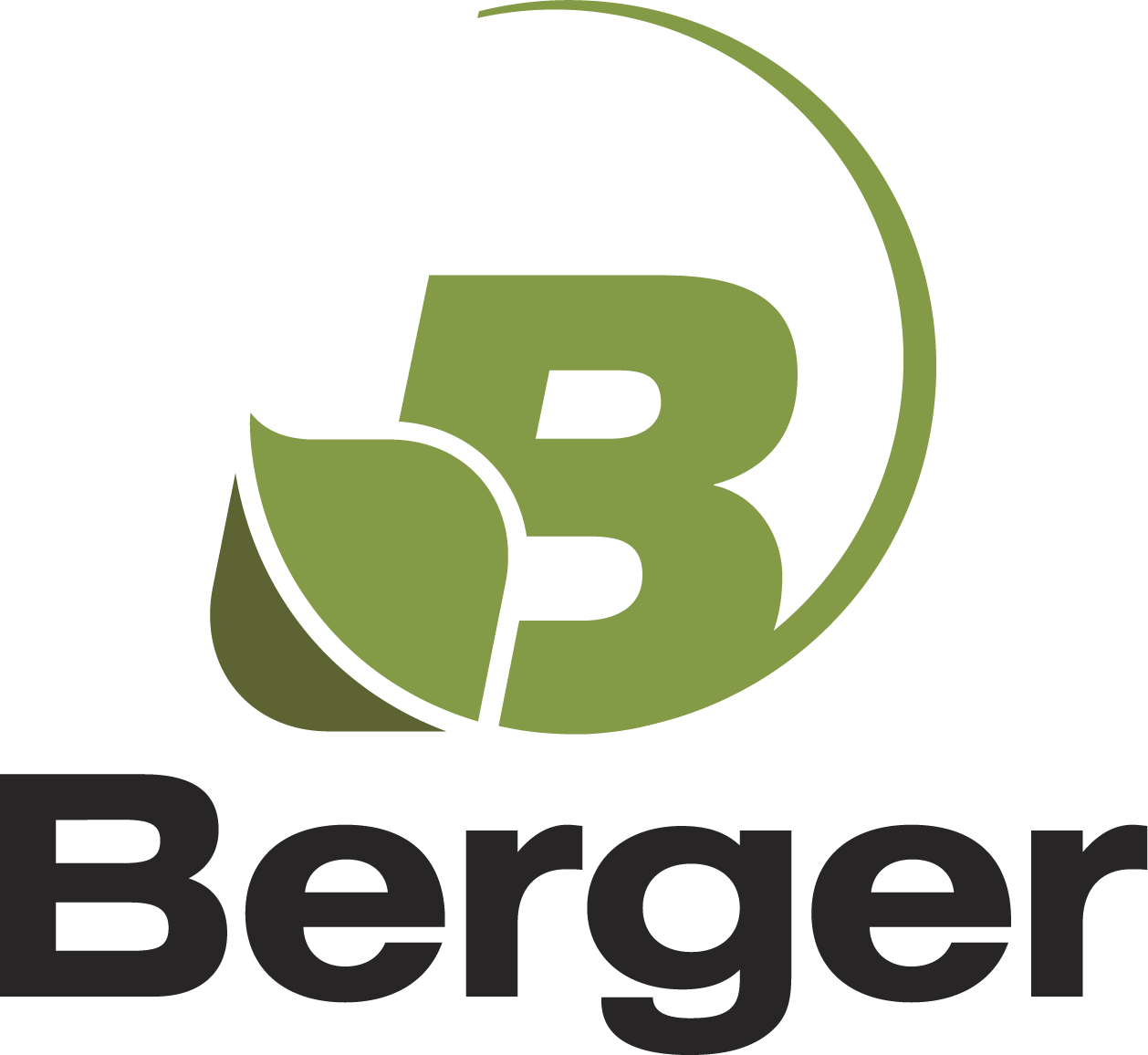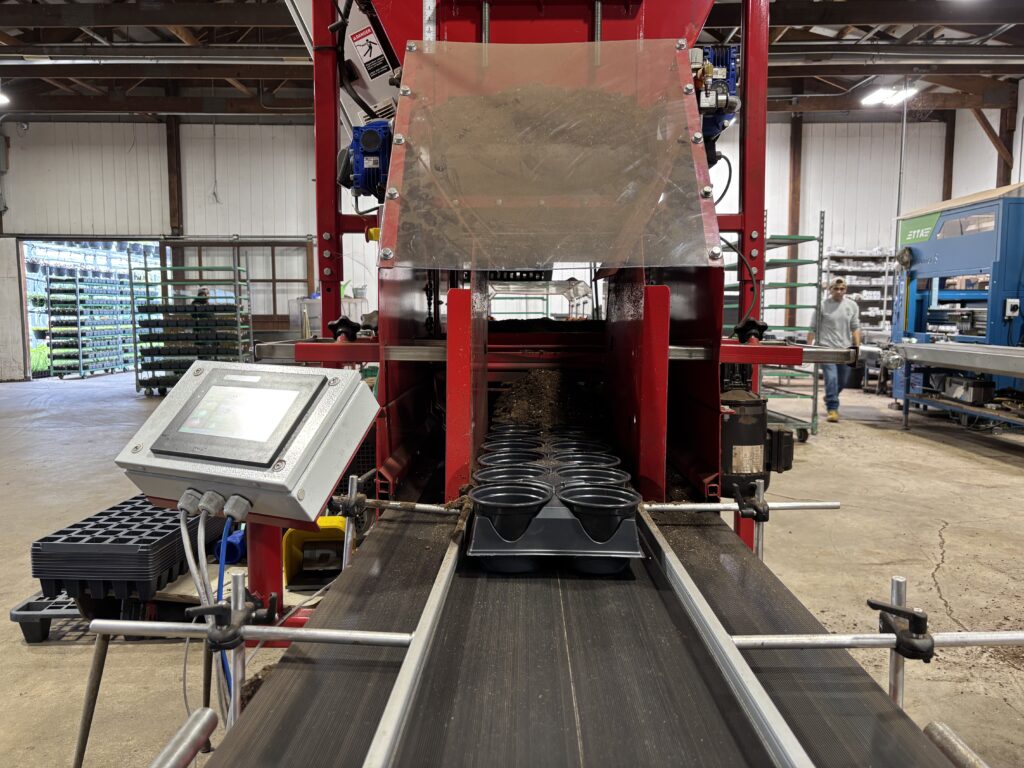Greenhouse Sanitation Tips and Check list
It has been a great year for horticulture, which means it’s been an extremely busy year for growers. Most crops have now been delivered and sold and activities inside the greenhouse are slowing down.
You can start catching your breath, but you also need to start thinking about the next season. Before enjoying some well-deserved time off, there is no better time to tidy up: thoroughly clean and sanitize your growing areas and disinfect everything in the greenhouse, including tools and equipment. By doing this now, you will save you a lot of time (and headaches) down the line. Indeed, a methodical and timely greenhouse sanitation program generates a series of benefits and cost savings. Pests, diseases, and weeds can be avoided. Cleaning should be a priority in professional settings, but unfortunately it is often overlooked.
The main practices of sanitation in commercial horticulture boil down to four elements:
- prevention,
- eradication,
- inspection,
- and climate control.
It touches all aspects of your operations:
- storage,
- potting,
- growing,
- surrounding areas,
- irrigation system,
- employees,
- visitors,
- and many more.
Prevention and inspection are complementary to each other and must always be ever-present. Greenhouse cleanliness is easy to manage during a low season, but it must also be maintained during regular operations. Ideally, good sanitation practices should be applied from start to finish with more thorough disinfections between productions.
Crop and variety selection is an important aspect to consider: some are very hardy while others are more sensitive to disease. You should always inspect all the new plant material upon delivery. Regular screening of the growing areas as well as all the openings and vents is also a good way to help detect and prevent potential contaminations.
During plant production, good irrigation practices and efficient water management can prevent weeds and algae issues. It can also avert the spread of soil and root diseases. Recirculated or well water should be treated and filtered. Also, inspection of the whole irrigation system gives you the possibility to discover any leaks or malfunctions that can create uneven moisture levels or excessive runoff. A deep clean also gives you the opportunity to get rid of the dust and dirt the system may have accumulated. A thorough inspection of the whole planting area, including floors, walls, under benches and in the corners of the greenhouse will also help prevent weed, algae, or insect problems. Be aware that any clutter of plant debris on the floor is a potential shelter for unwanted pests.
Likewise, good climate control is also important to prevent a number of issues. Screens help avoid external contaminations, but they also restrict air circulation which is essential for healthy crops. Keeping temperatures at adequate levels is also a great way to prevent unwanted bacterial or fungi growth.
Although thorough sanitation and prevention practices are effective and can prevent costly issues, they are not impenetrable. This is why the implementation of a scrupulous scouting routine is also very important. It allows you to quickly spot issues and intervene rapidly before things get out of hand.
It is a lot of work, but it’s worth it.
In order to help you through all the critical steps and ensure nothing is overlooked, we suggest you take a look at the greenhouse sanitation reminders on our website.
If you have questions, our Technical Services Team is always available via techsupp@berger.ca it will be our pleasure to assist you in any way we can.

